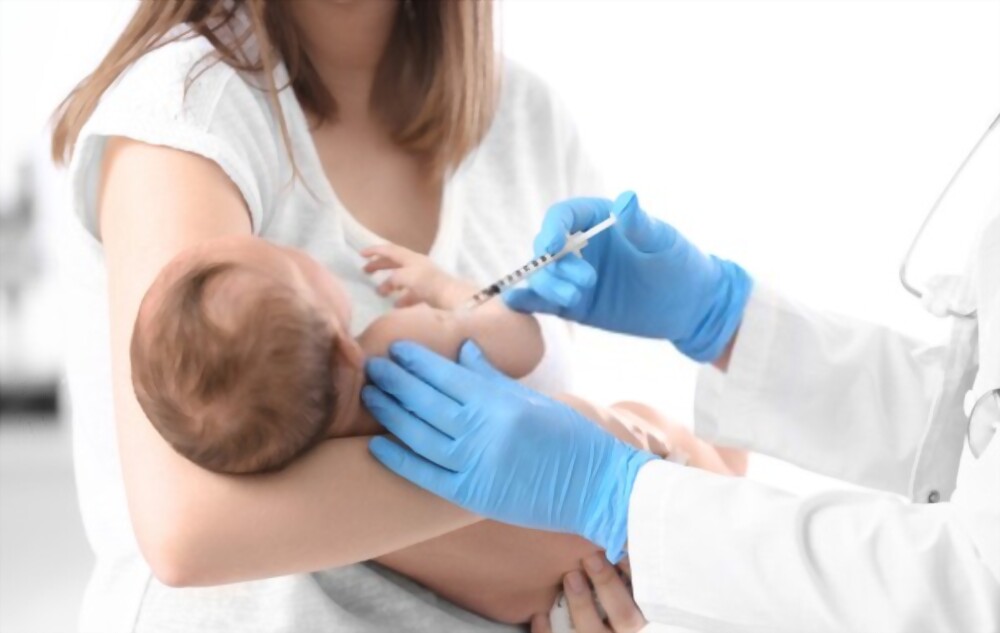Before parents take their children for their first dose of COVID-19 vaccine, or in fact any time their young children and infants are immunised, it’s a good idea to think of a way to make the experience as positive as possible so they don’t fear a second dose or any future vaccinations.
Having your child or children protected from what used to be common childhood diseases is always a priority and now, with COVID-19 circulating widely in many communities, children from the age of 5 are also eligible to receive their COVID-19 vaccine doses.
Plan ahead and make a vaccination appointment with your GP if your child is anxious about the injection, and if they have other special circumstances or health needs to be considered before having their doses.
Ways to Keep Your Child Calm For Vaccination
If your child or younger children have a fear of needles, behavioural problems, a disability or other needs, support is available at hospitals, through vaccine hubs and specialist centres.
If you need a vaccination appointment for overseas trips, Travelvax doctors know how to provide positive experiences when administering vaccines for both children and adults in their clinics.
- Most importantly, be honest with your children about what is involved in being vaccinated.
- Do some pretend vaccinations and practice sessions at home.
- Let the kids take their favourite comfort or cuddle toy from home.
- Importantly, stay calm yourself or your child will pick up your fear.
- Hold the child in your lap (see below).
- Ask the child to take three deep breaths.
- When done, lavish your child with praise.
Holding Your Child For Their Vaccine
No matter what age group, your child or infant should be kept still while receiving their vaccine but not held so tight that they become fearful and tense their muscles. A squirming or tense child can make the injection difficult for both the nurse and the child and cause stress for you, the parent or carer. Below we describe ways of holding your child during a vaccination.
From infants to 12 months of age
The recommended holding position for an infant up to 12 months of age is the cuddle position on the responsible carer’s or parent’s lap and the vaccine is administered into the vastus lateralis muscle (on the upper/outer thigh).
The infant sits on the parent's left thigh facing left and reclined slightly. The parent's right arm is around the infant, holding the child’s outside arm while the inside arm is against the parent’s chest. The parent's left hand holds the baby’s outside foot against their thigh.
- Bring the baby’s inside arm in against the parent's chest.
- Hold the baby’s outside arm and leg securely but not too tightly.
- Bend the baby’s outside knee. This will relax the ‘vastus lateralis’ muscle for intramuscular injections.
Children aged 12 months or older
For children aged 12 months or older, injections are administered into the left deltoid muscle (in the upper arm). A child aged from 1 to 5 years of age can sit in a sideways position on their parent's lap facing right. Both the toddler’s legs are placed between their parent’s thighs. The parent's left or outside arm wraps around the youngster's back, holding the child’s left arm against his or her side. Using their right hand, the carer also holds the child’s left hand against the toddler’s stomach. The child’s right arm or inside arm is snugly under the parent's left armpit. Briefly:
- With the arm that is to receive the vaccination facing outwards, hold the child’s hand close to the parent's stomach. Then secure the arm at the elbow and against the child's body.
- Bring the toddler’s other arm beneath the parent's armpit and behind the parent's back.
- Position the toddler’s legs in between the parent's thighs.
The straddle position for older children
The straddle position is preferred for children aged 5 years and older, with the injection site also into the deltoid muscle. The carer hugs the child against their chest with the child's legs straddling both of the parent's thighs. The carer holds the child firmly with their left arm, with the youngster’s right arm underneath the parent's left armpit. Using their right hand, the carer holds the child’s left arm against the child’s body at the elbow.
Older children and adolescents
Since most vaccine injections are given in the deltoid muscle of the upper arm, it’s recommended that older children and adolescents (even adults) sit in a straight-backed chair with their feet flat on the floor.
Try to drop the shoulders, then raise them, take a deep breath and let the shoulders drop back down again while breathing out hard.
- Relax the hands and forearms on their thighs.
- Bend the arms at the elbow to help the deltoid muscle to relax.
If you are especially fearful of needles, please let the person giving your vaccinations know this, as they can offer assurance, privacy or other measures that could prove helpful. (We also suggest you don’t skip breakfast or whichever meal was due before your appointment.)
Planning on international travel? You would be best to have a consultation with a doctor who has an interest in travel medicine before departure so you can receive any mandatory and recommended vaccination doses and advice.
Contact us on 1300 360 164 or visit your Travelvax clinic for further information, a vaccine appointment or fill in an online enquiry form. We make sure you have the necessary information before we vaccinate, and we're happy to answer any questions and help you to stay safe while travelling overseas.
References
Australian Technical Advisory Group on Immunisation (ATAGI). Australian Immunisation Handbook, Australian Government Department of Health, Canberra, 2018, immunisationhandbook.health.gov.au
FIGURE: Positioning a child <12 months of age in the cuddle position https://immunisationhandbook.health.gov.au/resources/handbook-figures/figure-positioning-a-child
FIGURE: Positioning an older child in the cuddle position https://immunisationhandbook.health.gov.au/resources/handbook-figures/figure-positioning-an-older-child-in-the-cuddle-position
FIGURE: Positioning a child in the straddle position https://immunisationhandbook.health.gov.au/resources/handbook-figures/figure-positioning-a-child-in-the-straddle-position

